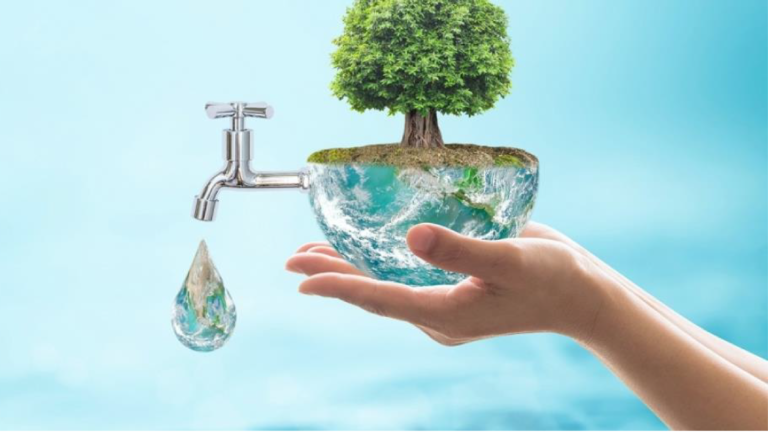Water Conservation Tips at Home: Simple Habits to Make a Big Difference
Team Allsmosis
March 18, 2024

Simple Water Conservation Habits for a Sustainable Future
Water is a precious resource, and even small changes in your daily routine can make a significant impact on your water consumption. Here are some simple habits you can adopt at home to conserve water and contribute to a more sustainable future:
In the Bathroom:
- Shorten your showers: Aim for shorter showers, ideally under 5 minutes. Every minute saved can conserve gallons of water.
- Turn off the faucet while brushing: Don’t let the water run continuously while brushing your teeth. Wet your brush, turn off the faucet, and lather with toothpaste. Rinse your brush quickly under running water at the end.
- Fix leaky faucets and showerheads: A leaky faucet can waste hundreds of gallons of water per year. Repair leaky fixtures promptly to prevent unnecessary water loss.
- Consider low-flow showerheads and faucet aerators: These fixtures use less water while maintaining adequate water pressure for a satisfying shower or handwashing experience.
In the Kitchen:
- Run full loads in the dishwasher: Only run the dishwasher when it’s completely full. This reduces the number of wash cycles needed and conserves water.
- Wash dishes efficiently: For handwashing dishes, fill one basin with soapy water for washing and another basin with clean water for rinsing. Avoid letting the faucet run continuously.
- Defrost food in the refrigerator: Don’t waste water by running hot water to thaw frozen food. Plan ahead and move frozen food to the refrigerator compartment the night before to thaw safely and efficiently.
- Use a spray nozzle when washing fruits and vegetables: A focused spray uses less water compared to letting the water run continuously.
In the Laundry Room:
- Wash clothes only when full: Similar to the dishwasher, wait until you have a full load before running your washing machine. This reduces the number of cycles needed and conserves water.
- Choose the appropriate water level setting: Most washing machines offer water level settings based on the size of the load. Select the appropriate setting to avoid using more water than necessary.
- Consider air-drying clothes: Whenever possible, air-dry clothes on a drying rack instead of using the dryer. This saves energy and water used during the drying cycle.
General Tips:
- Fix leaky toilets: A leaky toilet can be a major source of water waste. Check for leaks regularly and repair them promptly.
- Install a displacement device in your toilet tank: A displacement device, like a filled plastic bottle, displaces some of the water in the tank, reducing the amount of water used per flush.
- Collect rainwater: Use a rain barrel to collect rainwater for watering plants or washing your car.
- Water your lawn efficiently: Water your lawn early in the morning or evening to minimize evaporation. Water deeply and less frequently to encourage deeper root growth.
- Educate your family and housemates: Spread awareness about water conservation by sharing these tips with your family and roommates. Encourage everyone to adopt water-saving habits at home.
Remember: Every drop counts! By incorporating these simple water conservation tips into your daily routine, you can significantly reduce your water footprint and contribute to a more sustainable future. Let’s all be mindful of our water usage and make a difference, one drop at a time.
Allsmosis – Tabish Noor


